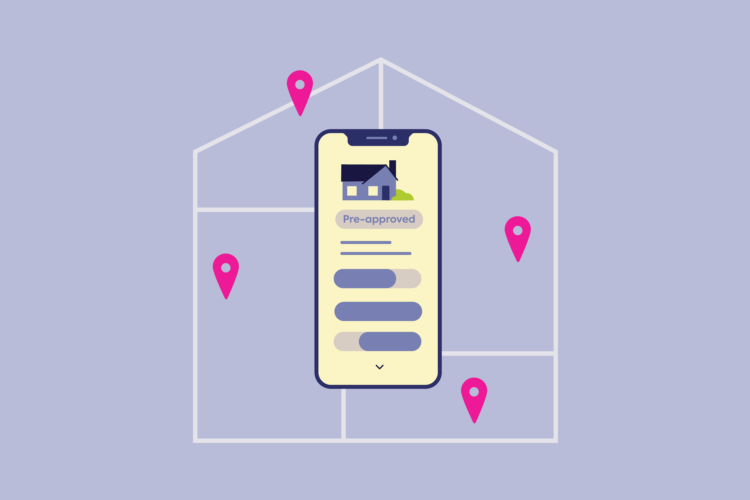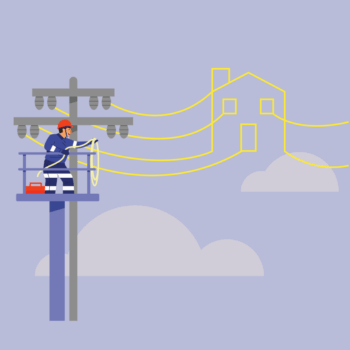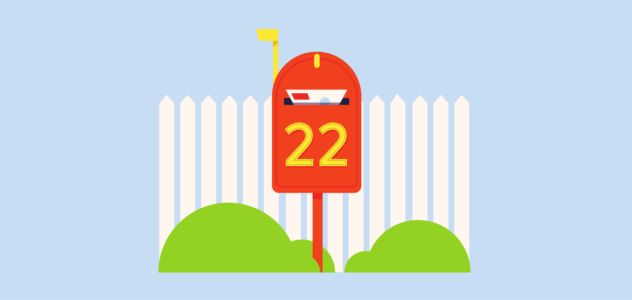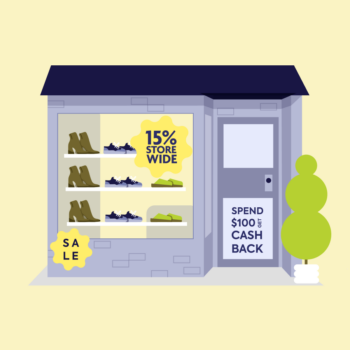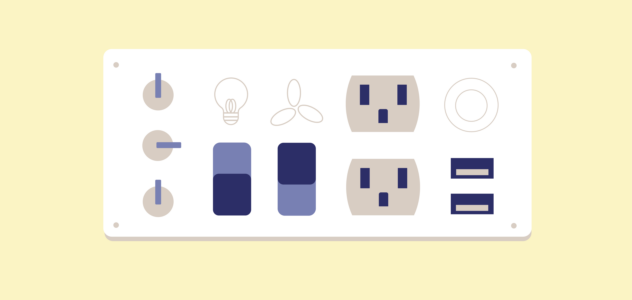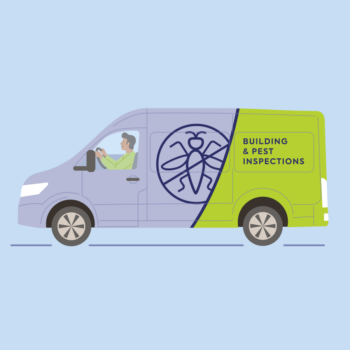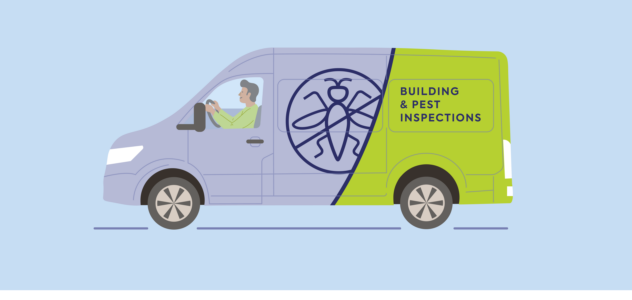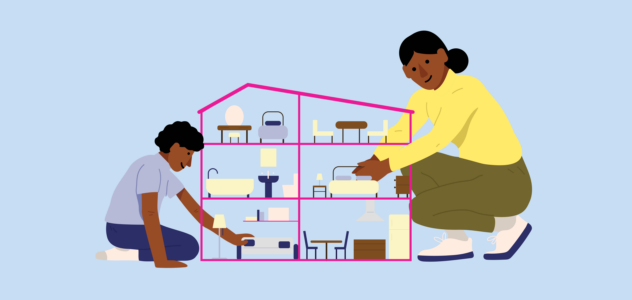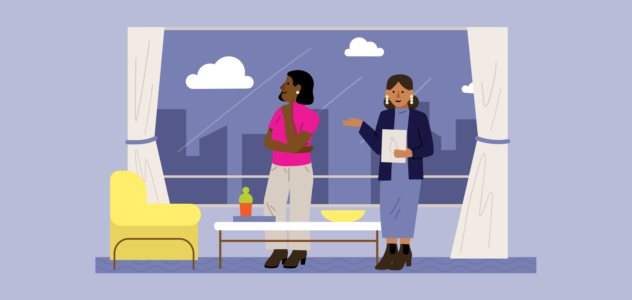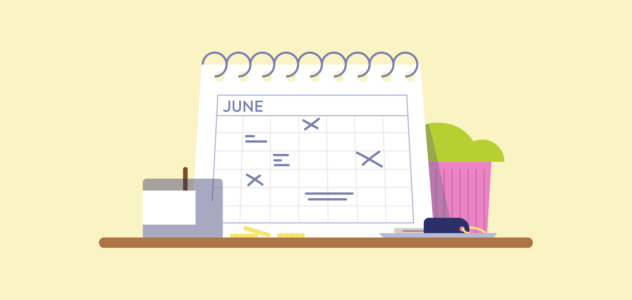The home buying process from mortgage pre-approval to unconditional approval
Hooray! You’ve got the silent thumbs up from your lender to borrow money for your home (AKA a pre-approval). So what now?
Well for starters, you can start hunting for your home with greater confidence and clarity now you know what’s in your budget.
But before you go throwing around offers like confetti, it’s handy to know what happens after pre-approval. That way, there will be no surprises along the way.
So are you ready? We’re going to walk you through the home buying process, covering the steps after pre-approval through to unconditional approval (highlighting when to engage the experts along the way).
The nitty gritty on what happens after pre-approval
1. Find your home
Thanks to your pre-approval, you know exactly what you can afford. Booyah.
But before your entire weekend is jam-packed with house hunting, save time by narrowing down your search with what’s important to you. Weigh up your needs like outdoor areas, number of bedrooms, number of bathrooms, schools, public transport, main roads, shops, cafes, entertainment and surrounding suburbs.
Decide which features are non-negotiable (and which ones you’d be willing to forgo).
Once that’s done? It’s time to begin inspecting homes.
2. When a home has caught your eye
So you’ve found a home that ticks all the boxes. But before you fall head over heels and start planning where the couch is going to go, take a deep breath. Remember it’s a process.
First thing’s first, ask the real estate agent for a Contract of Sale and Section 32, the documents holding info that may affect the value of the property and the conditions in which you would be purchasing under. Yep, it’s pretty important.
These documents include things like…
- Title details
- The vendor’s details
- Inclusions and exclusions with the sale
- Any building or planning permits issued to the title
- Services connected, including water, sewerage, gas, electricity, telephone and internet
- Details on outstanding mortgages
- Details about property access
- Details surrounding covenants, easements or other restrictions on the title
Well, ok, that all sounds good in theory.
But if you find yourself staring down at a Contract of Sale or Section 32 and wondering what it all means, then this is the perfect time to start engaging your team of experts.
Let’s take a look…
- A broker is the link between you and the lender, and you may have already worked closely with one to get your pre-approval. So, now’s a great time to let them know about the property you’re interested in. They’re also just a super handy person to ask any questions along the way (if we do say so ourselves).
Pro tip: At Finspo, our experts also offer you a free property report on any house or suburb you’re interested in, which acts as a guide to what it could be worth and some other cool data.
- A conveyancer helps with the home and land transfer process. Not only that, they ensure all your ducks are in a row by checking over important details of the property like easements, restrictions and covenants. Yep, that includes translating the technical gobbledegook.
- A buyer’s advocate works for you (unlike a real estate agent who works for the vendor), if you choose to invest in their expertise. They’ll help you negotiate and evaluate your property purchase so you make a sound decision.
- A building inspector will inspect the safety and structural quality of the property. They look for things like mould, drainage issues, pests, decay, defects and structural concerns. They have a sharp eye for any faults or problems, and will provide you with guidance on what it’ll take to fix them.
3. Make an offer
So you’ve engaged all the people to check over all the things, and now you’re getting serious about making an offer. There are two common ways to make an offer:
- Private sale: This is when a property is listed for sale (usually through a real estate agent) with an asking price. In this case, you’ll submit your offer to the real estate agent who’ll pass it onto the seller. Once that’s done, sit back and play the suspenseful waiting game.
- Auction: An auction is held at a set date and time, with the property being sold once the highest bid is reached (that’s over the minimum amount a seller will accept). So make sure you’re crystal clear on what you can afford before the agent bangs the hammer.
Note: Both types of offers are legally binding, but private sales often have a ‘cooling off’ period – typically a few days where you can withdraw from a property contract of sale without any legal consequences. However this may mean the seller is entitled to a small percentage of the deposit you’ve paid.
Get personalised mortgage advice
Speak to a Finspo mortgage broker about your next home loan move. 100% online & free.
4. Hooray, offer accepted
Your offer has been accepted! In other words, both you and the vendor have signed the contracts at an agreed price and you’ve paid a deposit.
But before you load up the confetti cannons, there are a few steps to go before things are set in concrete.
First up, the real estate agent will send the signed contract off to both parties’ lawyers or conveyancers, and they’ll run over it with a fine-toothed comb to make sure everything is up to scratch.
Once that’s done, you or your conveyancer can send the fully executed copy of the contract to your mortgage broker, and they’ll work with your lender to formally approve your loan. Yep, we’re getting close!
It’s a nail-biting stage when the contract is in the hands of your lender, but remember, your mortgage broker has been around the block more than a few times and is there to answer any of your questions.
This is also a great time to consider building insurance, as you’ve signed and paid a deposit on that pile of bricks and mortar.
5. Unconditional approval
Ah, the final stretch toward unconditional approval. You’re almost a homeowner.
This stage is when your lender checks over the contracts to give you the official thumbs up to lend you money. Yahoo.
The bank may also order a valuation, which is basically a final check to make sure they’re comfortable with the value of the property (which they ultimately use as security for the loan amount). There are three types of valuations…
- A desktop valuation is the fastest option and is usually used for lower risk loans. It uses information and data that’s readily available online. As the name suggests, they don’t have to leave their chair.
- A kerbside valuation is exactly what it sounds like. It involves a drive-by of the property to complement the desktop valuation.
- Full property valuation is the full shebang. Your bank will get a professional valuer to inspect the property – inside and out.
So, the bank has done their choice of valuation and your property passes with flying colours.
Now, it’s time to finalise with your lender the type of loan you’ll take out (and whether your pre-approved loan still suits your wants and needs).
This includes the obvious bits (like any changes to suit the exact amount you need), right down to finalising your loan features, like fixing your rate, having an offset account and more.
You did it! That’s the home buying process after pre-approval to unconditional approval
So there you have it. The steps involved to turn your non-committal thumbs up (pre-approval) to a confident and formal thumbs up (unconditional approval). A few things to remember…
- When looking for a home, narrow down your search by deciding what’s important to you
- Your team of experts (broker, conveyancer, buyer’s advocate) are there to help you
- Chat to your broker if you have any questions before you make an offer and when deciding what loan features are right for you
At Finspo, our brokers make the steps between pre-approval and unconditional approval a breeze. We’ll be there at every step of the way, educating you on what needs doing and when. Phew!
So if you’re ready to take the next steps after pre-approval, or you’re just starting out on your research, we’re here to simplify the process for you.
Get started by speaking to a Finspo home loan expert today.
